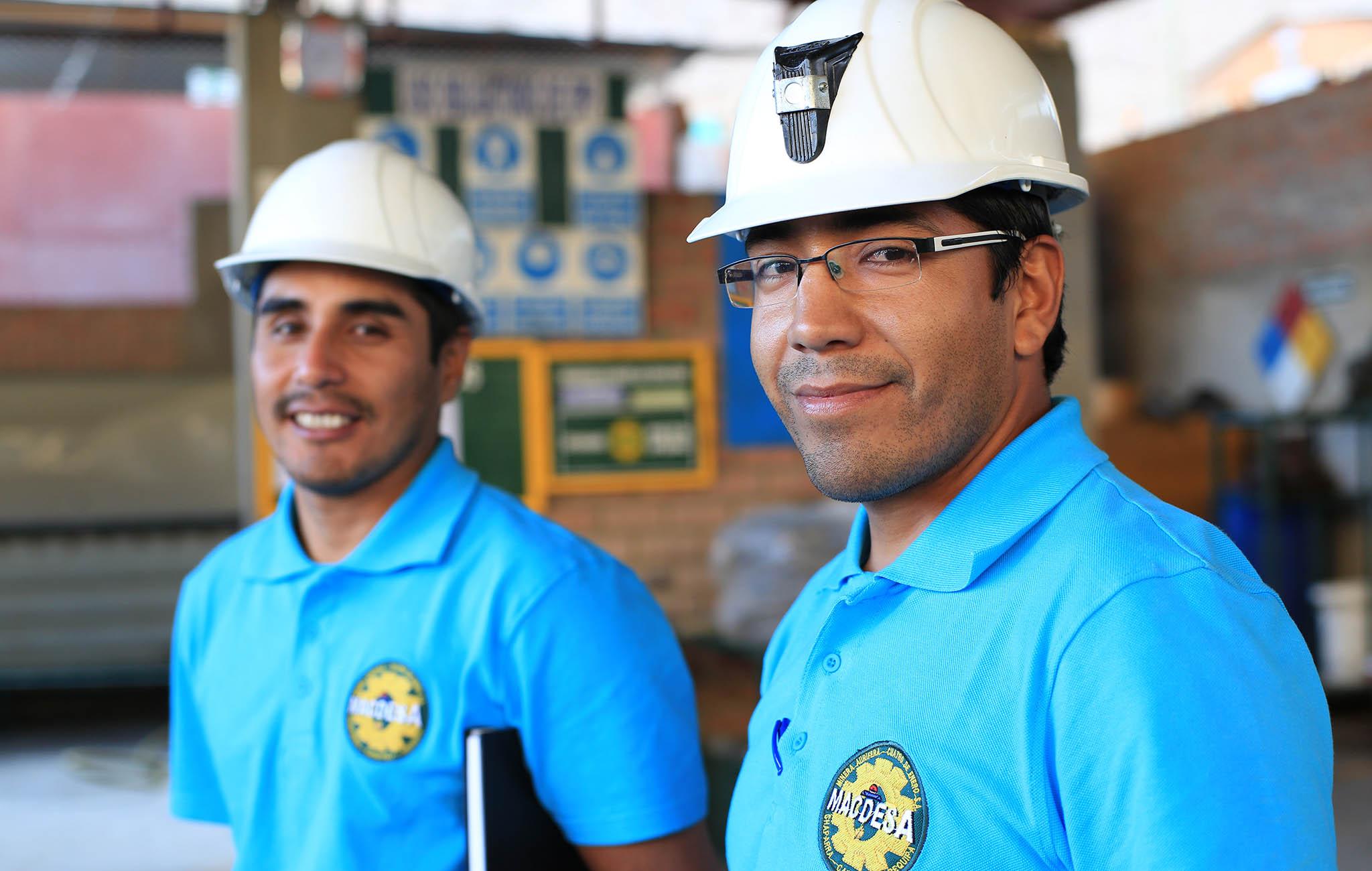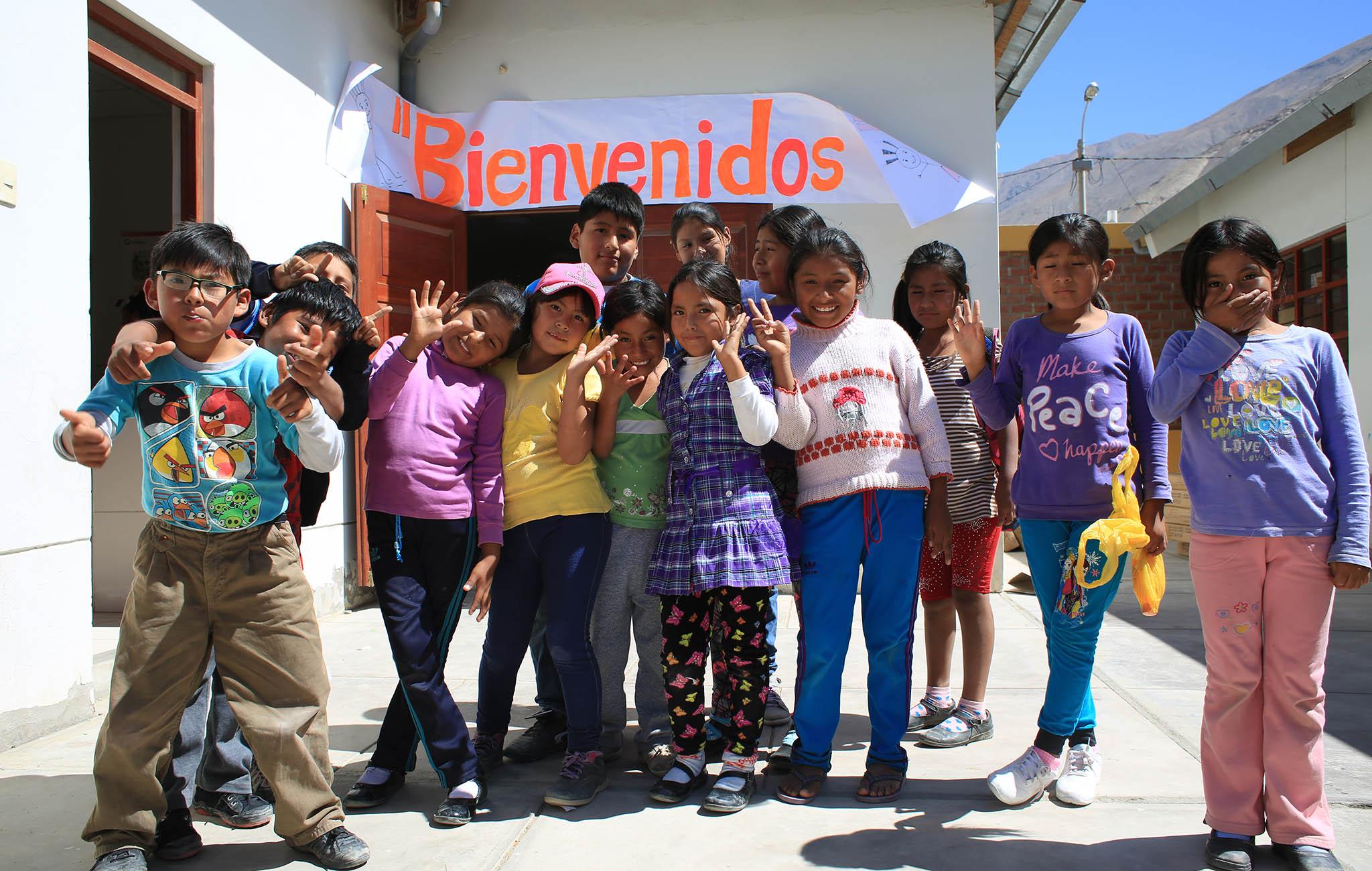Gold stars for fairness
People are asking where their gold comes from. Linda Sharkey flies to Peru to find out

Your support helps us to tell the story
From reproductive rights to climate change to Big Tech, The Independent is on the ground when the story is developing. Whether it's investigating the financials of Elon Musk's pro-Trump PAC or producing our latest documentary, 'The A Word', which shines a light on the American women fighting for reproductive rights, we know how important it is to parse out the facts from the messaging.
At such a critical moment in US history, we need reporters on the ground. Your donation allows us to keep sending journalists to speak to both sides of the story.
The Independent is trusted by Americans across the entire political spectrum. And unlike many other quality news outlets, we choose not to lock Americans out of our reporting and analysis with paywalls. We believe quality journalism should be available to everyone, paid for by those who can afford it.
Your support makes all the difference.All that glisters is, of course, not gold ... and all that is gold doesn’t necessarily shine, especially “dirty gold”.
We wear it, we trade it and – if you’re the sort of person who frequents the restaurants where gold leaf on food is the highest mark of ostentatious opulence – we even eat it. But most of us don’t worry too much about where the gold comes from.
Gold mining is considered to be one of the most environmentally unfriendly forms of mineral extraction. The process creates massive amounts of toxic waste – 20 tonnes for every gold ring – and it ravages landscapes such as the Amazon. Plus it’s not the most ethical of industries. For gold miners in developing countries, the wages are low and the risks are high – especially for the estimated 600,000 children working in the industry worldwide.
And gold-rich countries are often riven by war, the horrors in the Democratic Republic of Congo being a case in point.

But if you’re looking at that ring in the jeweller’s window with a fresh pair of eyes, and a rather unpalatable taste in your mouth, don’t despair. There’s a growing movement against dirty gold utilising the Fairtrade practices that are common in the food and textile industries, and aim to provide gold that is ethically sourced, environmentally sound and gives those who mine it a much better deal in life.
You’ll find Fairtrade gold mines in South America, especially Peru, Bolivia and Columbia, and in Africa. In Peru the gold-mining industry isn’t regulated and three-quarters of the mines there are what’s politely called “informal” – in fact, it’s said there’s more illegal gold than cocaine in Peru.
The Macdesa mine, an 11-hour drive from Lima through unforgiving dusty, rocky mountains, is one example of a mine that operates on more ethical lines. It’s run by 300 partners, miners and former miners who started up the business, then managed to get organise and reinvest in the development of the mines. Today they produce 25 kg of Fairtrade gold a month and serve as home to 550 families from different backgrounds, housed in the town that has sprung up around the mine. And on a visit there, I saw the fruits of their labours: their modern machinery and trucks. (In the past, they used to carry 60kg of rocks on their back up the hill.) They have decent living standards, and a school properly equipped with spacious classrooms, computers, a playground and a healthy canteen.
“We had a vision and we believed in this,” said Santiago Ramirez Castro, partner and legal advisor of Macdesa. The co-op reinvested everything they earned for years to buy machinery, efficient equipment and new clean technology, as well as engineering skills and transport.
On a bigger scale but run on similar lines is the nearby Sotrami mine, where – thanks to Fairtrade – says miner Cesar Neira: “We’ve managed to work together with technologies that won’t affect the environment, we’ve prohibited the use of toxic substances such as mercury, and eradicated child labour.” And the next biggest improvement for the community? “Clean drinking water.”
It’s all very commendable, of course, but is there an actual market for Fairtrade gold in the developed world? Do we care where our gold comes from? Well, if we don’t, we should, says Alan Frampton, owner and chief executive of ethical British jeweller Cred.
“When you buy a wedding ring and it’s a token of love or commitment to somebody and you don’t know where it comes from, I find that atrocious,” he says. “Some 248,000 people got married in the UK in 2014, and they want to know that their contracts of love, represented in those rings, are made of materials that have been bought with integrity, because otherwise it’s nonsense.”
Cred began dealing in Fairtrade jewellery a decade ago. It was the first retailer in Europe to sell independently certified products, while sticking to high street prices. And since 2011, all its products have been Fairtrade, selling worldwide and online – and challenging many other jewellers in the UK.
Says Frampton: “You buy food in England and on the packet it will tell you the ingredients and what it’s made of, but not in the jewellery trade. You buy an engagement ring for between £2,000 and £5,000 and you know nothing about it! So yes, I saw it as a business opportunity but I also felt compassionate for the people producing that gold. I felt I wanted to do something to improve their standards.”

In March this year, a shipment of 15kg of Fairtrade gold was delivered to the UK, landing on the doorstep of the ethical jeweler – that’s enough gold to make more than 3,700 wedding bands. But compare that to the latest UK gold import figures from the Observatory for Economic Complexity which show that in 2014 we brought into this country gold to the value of a whopping £8 billion.
Still, while there might be a long way to go before Fairtrade gold is widespread in the developed world, more and more companies are getting involved, among them Welsh jewellery giant Clogau As Sonia Menezes, Head of Brand Development, explains: “We have seen, first hand, the positive impact the Fairtrade foundation is having on the gold mining communities in Peru, which is so much more than just paying a miner a fair price.”
Also visiting the mines in Peru was British jeweller Alexis Dove, who runs a shop in Lewes, East Sussex, and is now offering Fairtrade gold as an option. “I came here because you want to see if it’s a genuine thing. We don’t want to see that what we most love doing is making other people’s life hard and unhappy. So this is an opportunity to do some good.”
However, one of the biggest bars to Fairtrade gold taking off is that, like anything ethical, it comes at a premium. Fairtrade gold costs $2,000 (£1,350) per kilogram on top of the current gold price. Yet, says Cred’s Alan Frampton, that’s not just a price worth paying; it’s also hardly noticeable to the consumer:
“Let’s say a ring costs £400. The actual cost of the gold in that ring has probably cost you about £80, so the difference in paying the extra for Fairtrade is very little – about 2 per cent more.
“You have the power to choose how you spend the pound in your pocket,” he continues. And you can even raise the gold standard.
Join our commenting forum
Join thought-provoking conversations, follow other Independent readers and see their replies
Comments